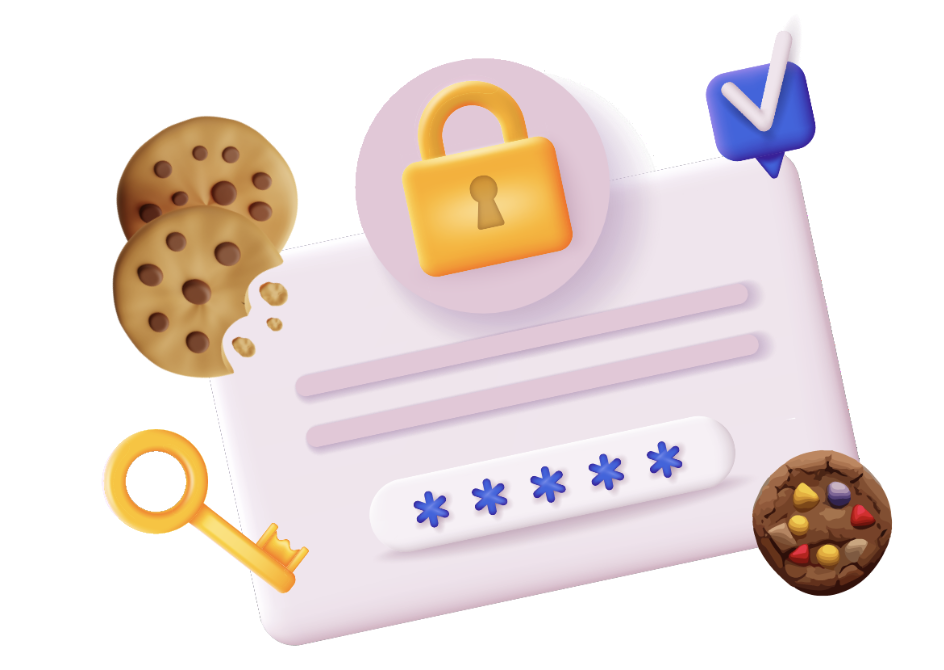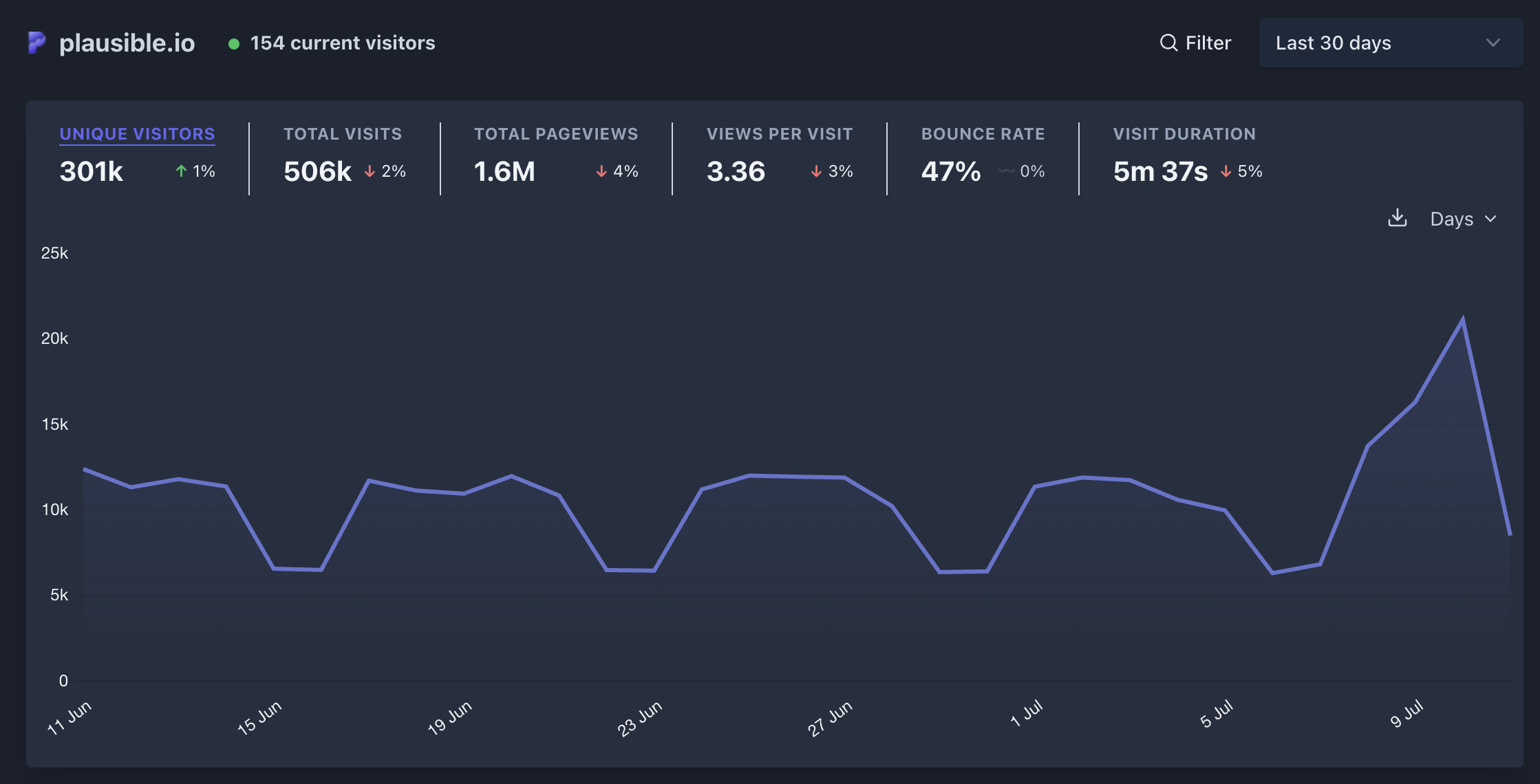Insights
How To Track Users Without Cookies
July 18, 2024

Written by:
With the ongoing restrictions placed on 3rd party cookies – either automatically blocked by browsers such as Safari and Firefox, or restricted by user non-consent on your site – it has become very difficult to get reliable website analytics, as only a small proportion of users are now able to be tracked.

However, Cookieless tracking offers a way to track what users do on a website without using cookies, giving you full visibility of user behaviour on your site.
This can be done through a number of methods, such as:
First-party data.
Using first-party data such as customer registration information and capturing UTM parameters, can allow you to “close the loop” on user activity – tying known information to users as they arrive and transact on the site to better understand campaign performance and conversion activity.
However, it does not do a great job of providing insight into what users do on-site before they convert.
Server-side tracking.
Server-side tracking involves collecting and processing user data directly on the server instead of through the user’s browser.
When a user interacts with your website, information about these interactions is sent directly to the website’s server.
The server then processes and stores this data, rather than relying on the user’s browser to handle tracking through cookies or other client-side methods.
Since data is handled on the server, it bypasses the risk of data being blocked by browser settings or ad blockers.
However, Setting up server-side tracking can be more complex and may require more technical resources compared to traditional client-side tracking, which means it is often much more expensive to implement than client-side solutions.
Anonymous event tracking.
Anonymous event tracking works by adding specific event codes throughout your website that “fire” whenever a user completes an action on the site, whether visiting a page, adding a product to their basket, viewing a video, or even scrolling to a specific depth on a page.
This is then combined with a hashing technique, often created by hashing key elements such as the user’s IP address, browser user agent, and other data points, to match those events to a specific user, and map their journey through the website.
Because these events are sent directly to the server and do not capture any information about the users themselves, coupled with a hashed user ID based on non-identifiable information, they can be used to track individuals’ activities in a compliant manner.
In addition, these platforms often only display results in aggregated formats – so you can see the total number of page views you’ve received in a given time period, or how many transactions have been made, but you can’t then dig into what an individual user did on your site.
And because they don’t use cookies at all, the tracking is completely unaffected by whether a user consents to cookies or not.

There are many different cookieless tracking solutions available, and the right one for you will depend on your use case and budget.
On one side of the spectrum, you have platforms like Simple Analytics, which uses anonymous event tracking to capture user behaviour and provides a dashboard covering metrics such as:
- Page views
- Device type
- Countries
- Browser
- Goal completions
Fathom and Plausible are a little more advanced, and allow you to configure the dashboard to create purchase funnels, and even to capture additional data layer variables such as order value, which can empower your ecommerce reporting.
Matomo is a bit more expensive than the other platforms, but it also provides additional features. The layout of Matomo is closer to traditional UA than other platforms, which may be a benefit to your team if they are used to this.
The identifiers used are also saved for a longer period of time, allowing for multi-touch attribution of marketing activity (to a degree). While this still struggles with cross-device attribution and longer-lead time behaviours, it is one of the more advanced options out there beyond server-side tracking.


Cookieless tracking platforms fill an important gap created by the introduction of increased privacy and the limitations this places on traditional website analytics.
GA (and other similar platforms) can no longer be considered 100% accurate, and instead only provide insight into user behaviour trends.
When I use GA for example, I can be relatively confident in the direction metrics are moving: “sessions have increased by 10%” – but I would not use it to report on absolute numbers.
On the other end of the spectrum, I would use internal data, or data from the likes of Shopify, to report on actual commercial performance metrics – “transactions have increased by X” – but these data do not provide any insight into how customers got to that point.
Cookieless tracking fills in the gaps by providing fully accurate data on key metrics related to user behaviour on the website – I can use it to say with confidence that a specific campaign has driven X sessions and led to Y transactions or leads.
At the end of the day, all of these data sources are important in their own way – it is just a case of using them for the functions they are best suited for.
In the future, once third-party cookies are properly phased out, we may see the emergence of a single all-encompassing platform once again, but I doubt it, I think Google has lost its tight grip on web analytics and we’ll continue to user a variety of platforms to connect the different dots from acquisition through to conversion.
If you would like to speak to someone about how Uplift can support you in implementing a cookieless tracking solution, or to determine which platform is right for your business, please get in touch with us today.




